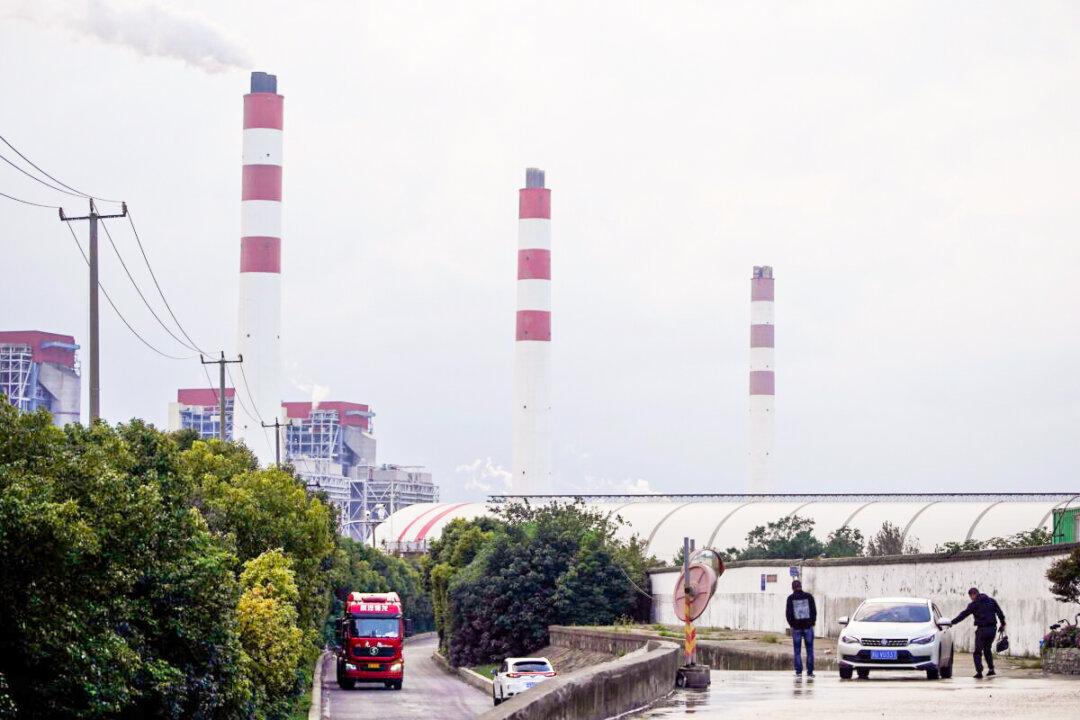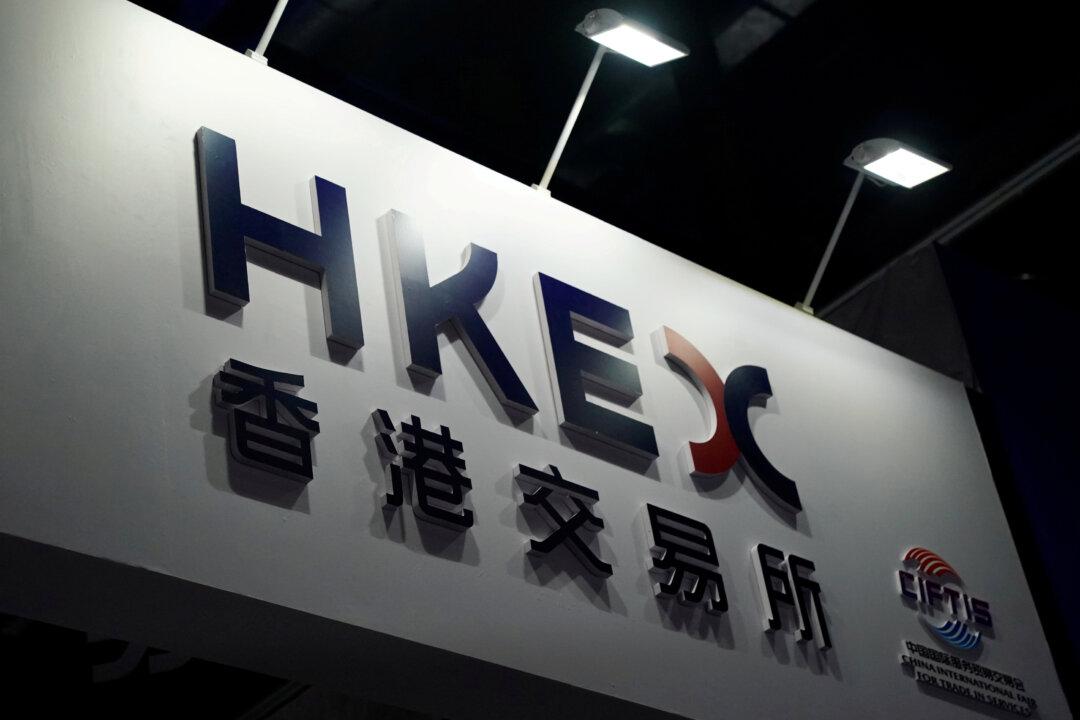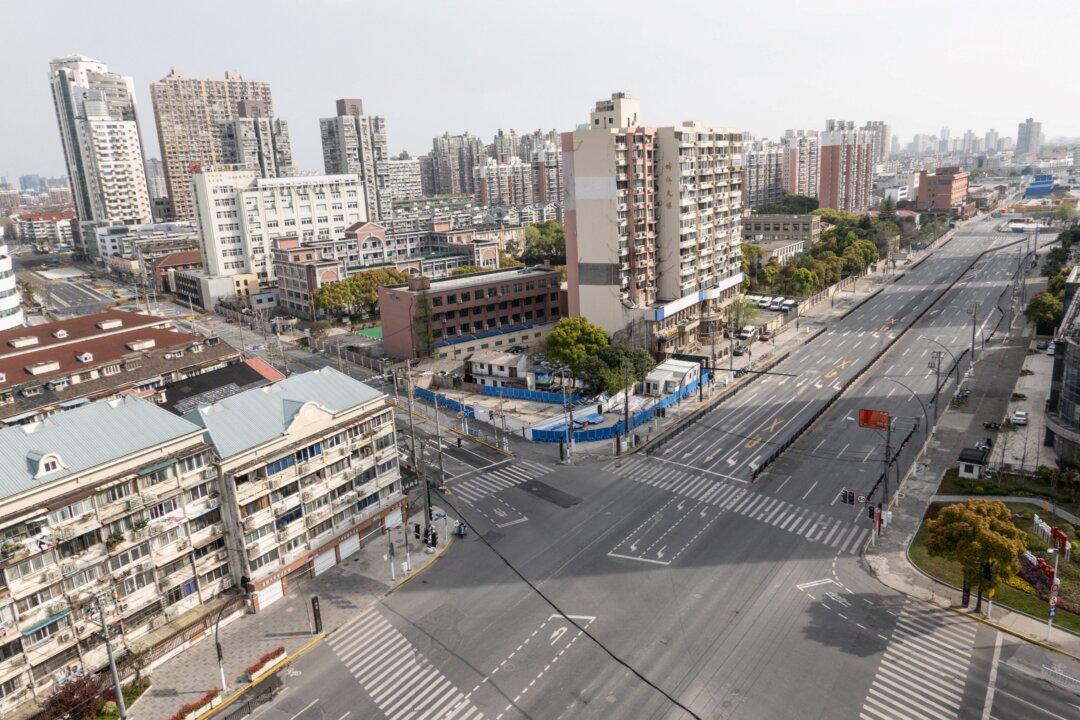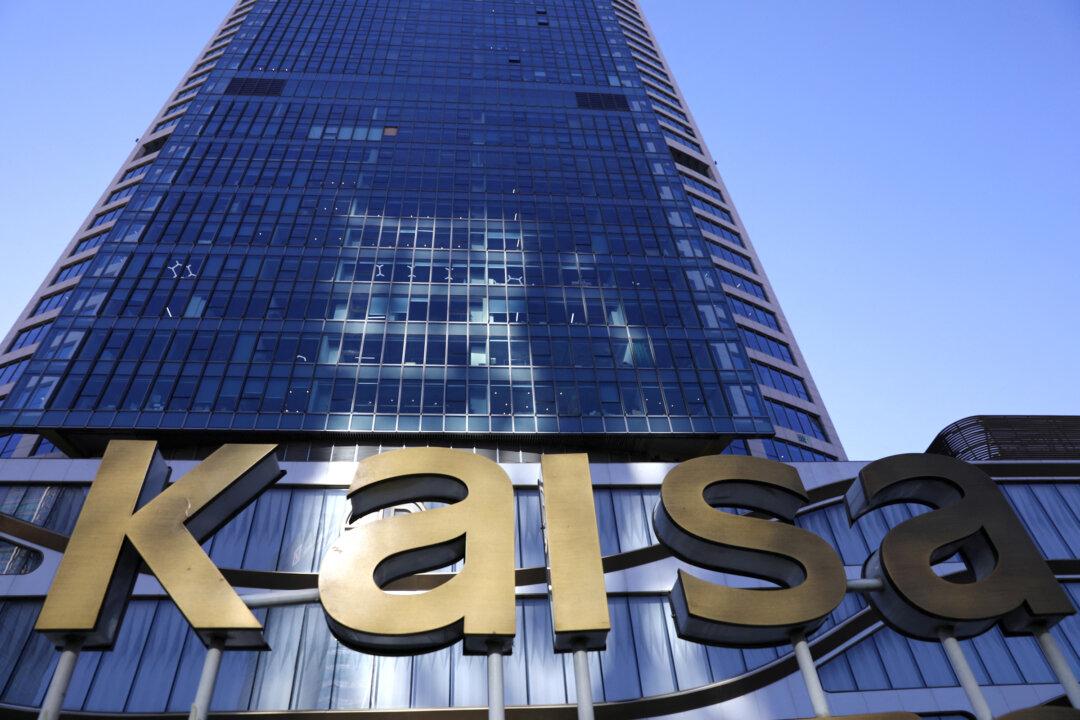China’s factory gate prices rose at the fastest pace in 26 years in October, but producers have had no way to cover their costs with consumer demand remaining weak.
Factory gate prices refer to the cost at which wholesalers purchase materials from producers, not considering transport and distribution fees.




